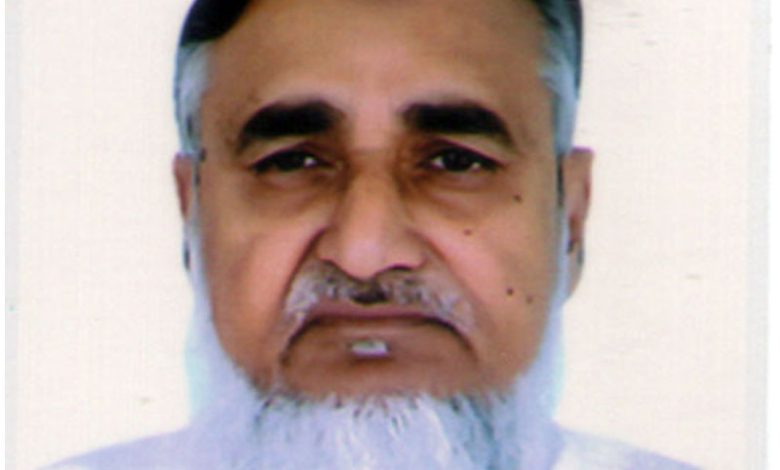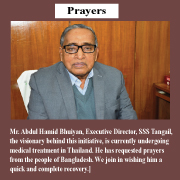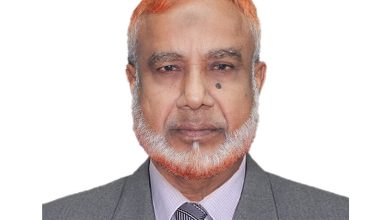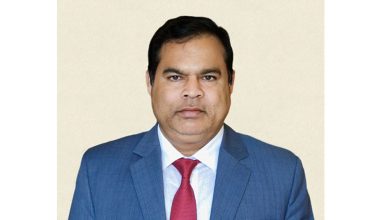MRA ensures legitimacy, oversight, transparency, good governance in the sector- ED, Lutfor Rahman, NGF


Holiday Post Report: The microfinance sector now faces several critical structural and operational challenges. Over-indebtedness, driven by overlapping loans from multiple institutions, poses a growing risk to both clients and lenders. Inconsistencies in service quality, governance weaknesses, and a deficient regulatory framework undermine institutional credibility and client protection. Market saturation in certain regions fuels unhealthy competition, while limited financial literacy among clients leads to poor loan management and misuse of financial products. Though the sector’s contributions remain significant, its long-term sustainability will depend on enhanced regulatory oversight, responsible lending practices, improved institutional governance, and targeted client education. A shift toward more balanced, client-centric approaches will be crucial in maintaining the sector’s relevance and resilience in the years ahead, says Lutfor Rahman, Executive Director of Nowabenki Gonomukhi Foundation (NGF), during a discussion with Holiday Post on key microfinance issues in Bangladesh.
Holiday Post: What are the most pressing challenges microfinance institutions (MFIs) in Bangladesh face?
Lutfor Rahman: Microfinance institutions in Bangladesh have made significant progress in expanding financial access, but they now navigate a complex landscape marked by interrelated challenges. First, over-indebtedness: the proliferation of MFIs and insufficient credit information sharing lead many clients to take multiple loans simultaneously. Second, excessive market competition: in some cases, this compromises lending quality and pressures interest rates and operational margins. Third, sustainability vs. social mission: rising operational costs, particularly in remote areas, and fluctuating repayment rates make balancing these priorities difficult. Fourth, economic vulnerability of clients: external shocks like natural disasters or price fluctuations impact repayment capacity and increase portfolio risks. Fifth, digital transformation gaps: many MFIs lack the infrastructure, expertise, and capital to scale digital solutions effectively, especially in rural areas. Sixth, financial literacy gaps: many borrowers lack the understanding to manage debt responsibly. Seventh, impact measurement difficulties: MFIs struggle to systematically measure and report social impact. Finally, broader economic conditions—inflation, currency fluctuations, and political uncertainty—affect both clients and institutions. These are the key challenges.
Holiday Post: How do current government policies and regulations impact MFI operations and sustainability?
Lutfor Rahman: The regulatory and policy environment in Bangladesh decisively shapes MFI performance and sustainability, presenting both opportunities and challenges.
Regulatory Framework: The Microcredit Regulatory Authority (MRA) has brought structure, legitimacy, and oversight to the sector, enhancing transparency, governance, and public confidence.
Consumer Protection: Policies mandating transparency in interest rates, loan terms, and collection practices strengthen borrower protection, reduce exploitation, and build trust in formal financial services.
Financial Inclusion Initiatives: Government-backed programs expand outreach to marginalized populations, aligning with microfinance’s core mission. However, rapid expansion without adequate support risks credit quality issues and operational strain. Poorly coordinated efforts may also cause over-indebtedness and service overlap.
Training and Capacity Building: Government and NGO-supported programs enhance MFI competencies, improving staff skills, governance, and service efficiency. Yet, smaller or remote MFIs often miss these opportunities, creating capacity gaps. Reliance on external funding for development also raises sustainability concerns.
Holiday Post: How can microfinance best contribute to Bangladesh’s SDG goals and economic progress by 2041?
Lutfor Rahman: The microfinance sector can drive Bangladesh’s progress toward the SDGs by focusing on financial Inclusion: Expanding affordable credit and savings options for rural populations, supplemented by digital services like mobile banking. Entrepreneurship and Job Creation: Supporting SMEs through microloans and training, particularly for women and youth, to advance SDG 8 (Decent Work). Women’s Empowerment: Targeted financial products and training for women, fostering gender equality (SDG 5) and improving access to healthcare and education. Agricultural Productivity: Financing climate-resilient farming techniques to boost yields and food security (SDGs 2 and 12). Health and Education: Loans or insurance for healthcare and education, advancing SDGs 3 and 4. Climate Action: Promoting green loans for renewable energy and sustainable practices (SDG 13). Local Economies: Strengthening community-based models like cooperatives to build financial literacy and resilience (SDG 11). Partnerships: Collaborating with government and NGOs to align microfinance with national development plans. Impact Monitoring: Robust evaluation frameworks to ensure alignment with SDGs.
Holiday Post: How does NGF integrate sustainability and responsible lending, and how do you measure impact?
Lutfor Rahman: We embed sustainability and responsible lending as core mission drivers. Our client-centric approach includes Thorough socio-economic assessments: to align loans with repayment capacity. Pre-loan financial literacy training: on interest rates, repayment terms, and borrower rights. Green financing incentives: for solar energy, organic farming, and climate-resilient technologies. Social Performance Management (SPM): tracking poverty outreach, women’s empowerment, and environmental impact and Case studies: to document transformative outcomes and ensure transparency should be mentioned.
Holiday Post: What long-term strategies should the microfinance sector prioritize?
Lutfor Rahman: We can follow first thinks, Product Diversification: Expand beyond microloans to include savings, insurance, and sector-specific financing. Second thinks, Branding and Funding:* Build trust through transparency and explore blended finance models to reduce donor dependence and third thinks, Green Lending: Integrate environmental risk assessments and promote eco-friendly investments.
Holiday Post: What advice would you give other MFI leaders?
Lutfor Rahman: Should to be focus meet evolving client needs. Through strong governance and staff capacity and via digital tools and client-centric models.
Finally, I would like to say, Microfinance, when executed with integrity, empowers communities and fuels long-term development.





